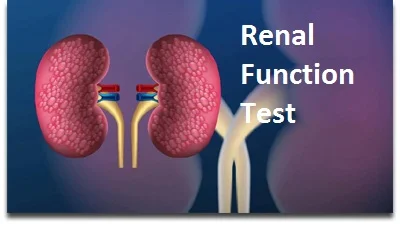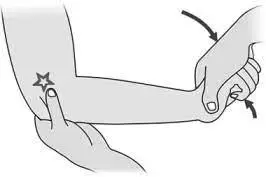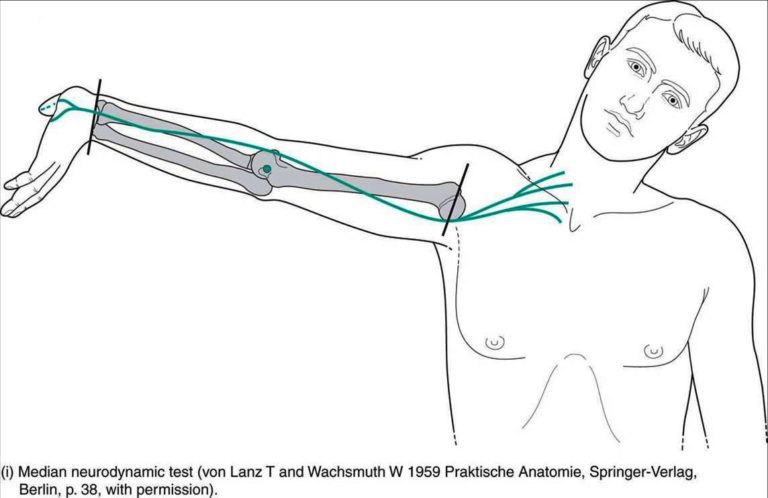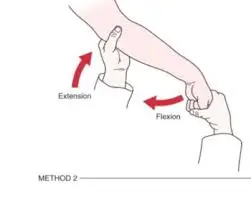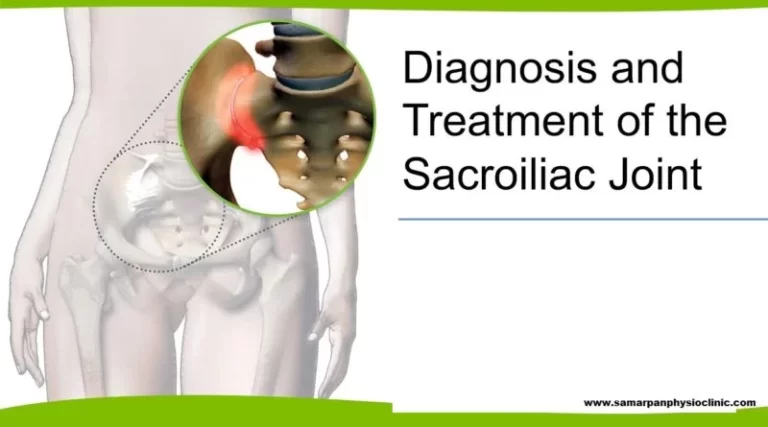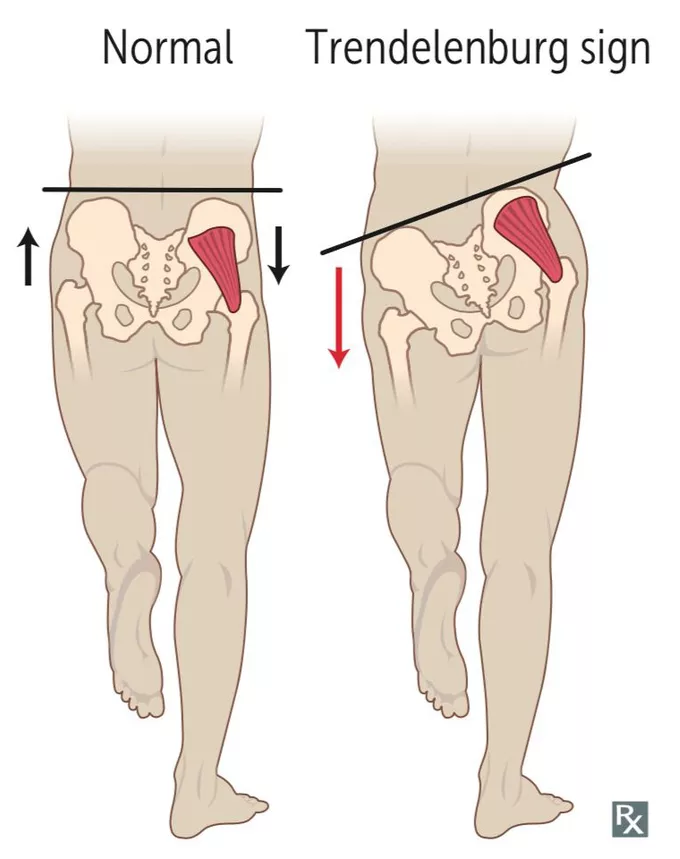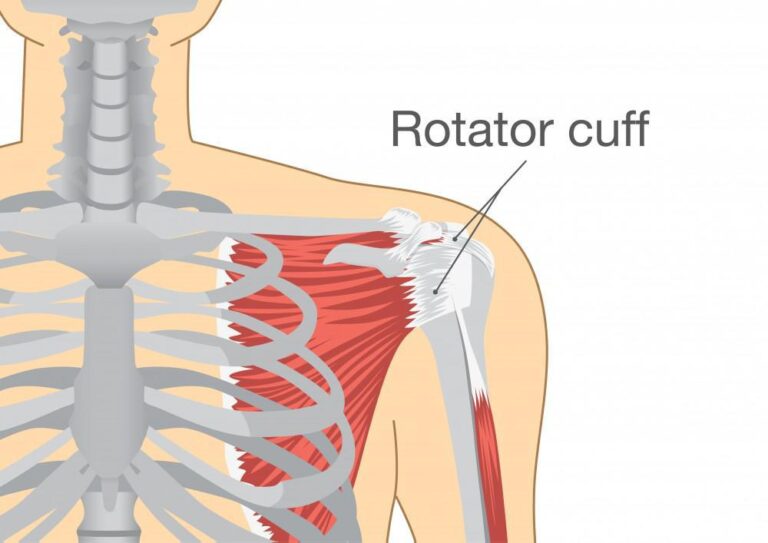Arm Squeeze Test
Definition The Arm Squeeze Test is a clinical examination test used to distinguish shoulder disease from cervical nerve root compression to differentiate diagnosis. When the middle third of the upper arm is compressed or squeezed, nerve compression syndrome typically becomes agitated. Clinical Relevant Anatomy Purpose Technique Results if the patient reports a score of 3…

